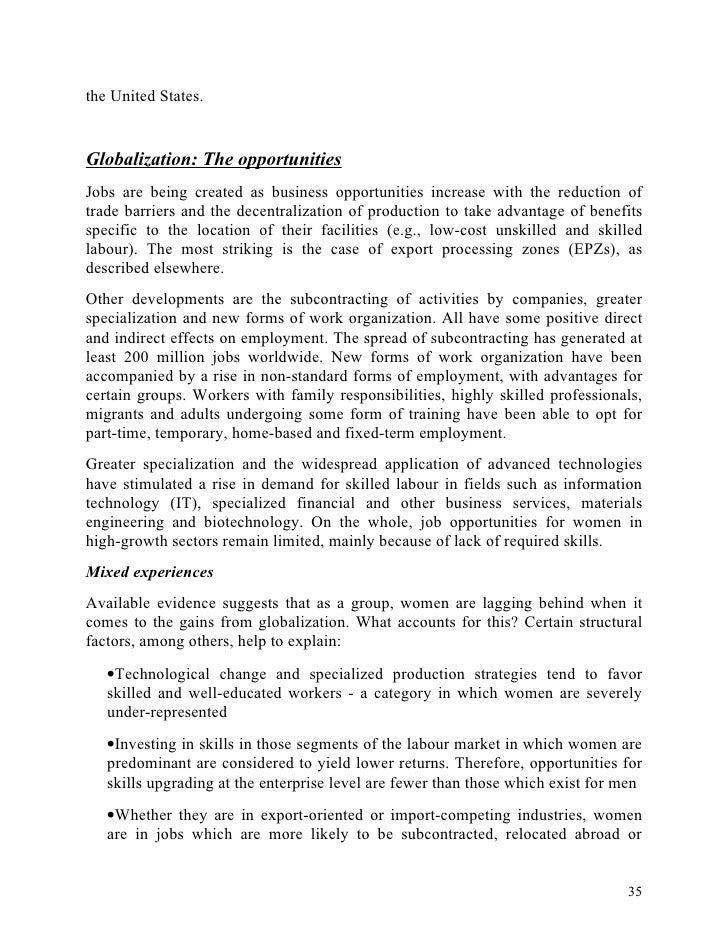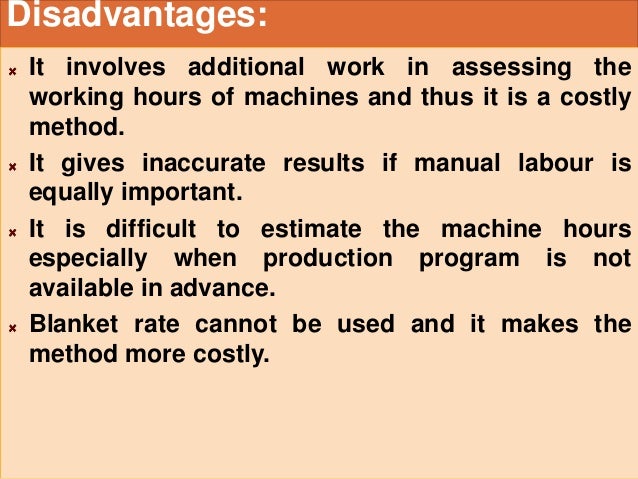Advantages And Disadvantages Of Manual Labour
Advantages and Disadvantages of Mechanical Harvesting Machines in the USA

Advantages And Disadvantages Of Manual Labor Originally most products were made on an individual as-needed basis; if a tool was required it was fashioned by hand and in turn used to make more tools. As time passed, more complex techniques were developed to help people accomplish fabrication and production tasks. Advantages And Disadvantages Of Manual Work Some trades do require formal training, usually an apprenticeship in the Union, or certification from a trade or technical school. However, many trades allow you to enter as a laborer – where you can learn on the job and work your way up from there. You get to build something tangible.
Advantages:
The advantages of mechanical harvesting were:
ADVERTISEMENTS:
(i) They allowed big farmers to rapidly clear large tracts, breakup the soil, remove the grass and prepare the ground for cultivation.
(ii) These machines reduced dependence on labour and increased efficiency. With power driven machinery four men could plough, seed and harvest 2,000 to 4,000 acres of wheat in a season.
(iii) The machines helped increase production by bringing virgin land under cultivation, to meet the growing demands of urban dwellers and the export market.
Disadvantages:
The disadvantages of mechanical harvesting were:
(i) For poor farmers machines brought misery. Machines reduced dependence on labour leading to unemployment. For many a poor it became difficult to find jobs.

(ii) Many farmers who bought machines on loans, thinking the boom would last, faced hard times once the boom ended by 1920s. They faced difficulty in paying back lo Some were driven to take the extreme step of abandoning farms.
(iii) Production had expanded so rapidly that during the post war years, when the export market collapsed and wheat prices fell farmers were left with large surpluses and overflowing store houses.
ADVERTISEMENTS:
(iv) Extensive cultivation made feasible by machines resulted in the Great Agrarian, Depression of the 1930s, which ruined wheat farmers everywhere.

(v) In discretionary use of machines ruined the entire landscape resulting in ecological disbalance. Periods of plenty were followed by droughts. Ordinary dust storms became black blizzards. The American dream of land of plenty turned into a nightmare.